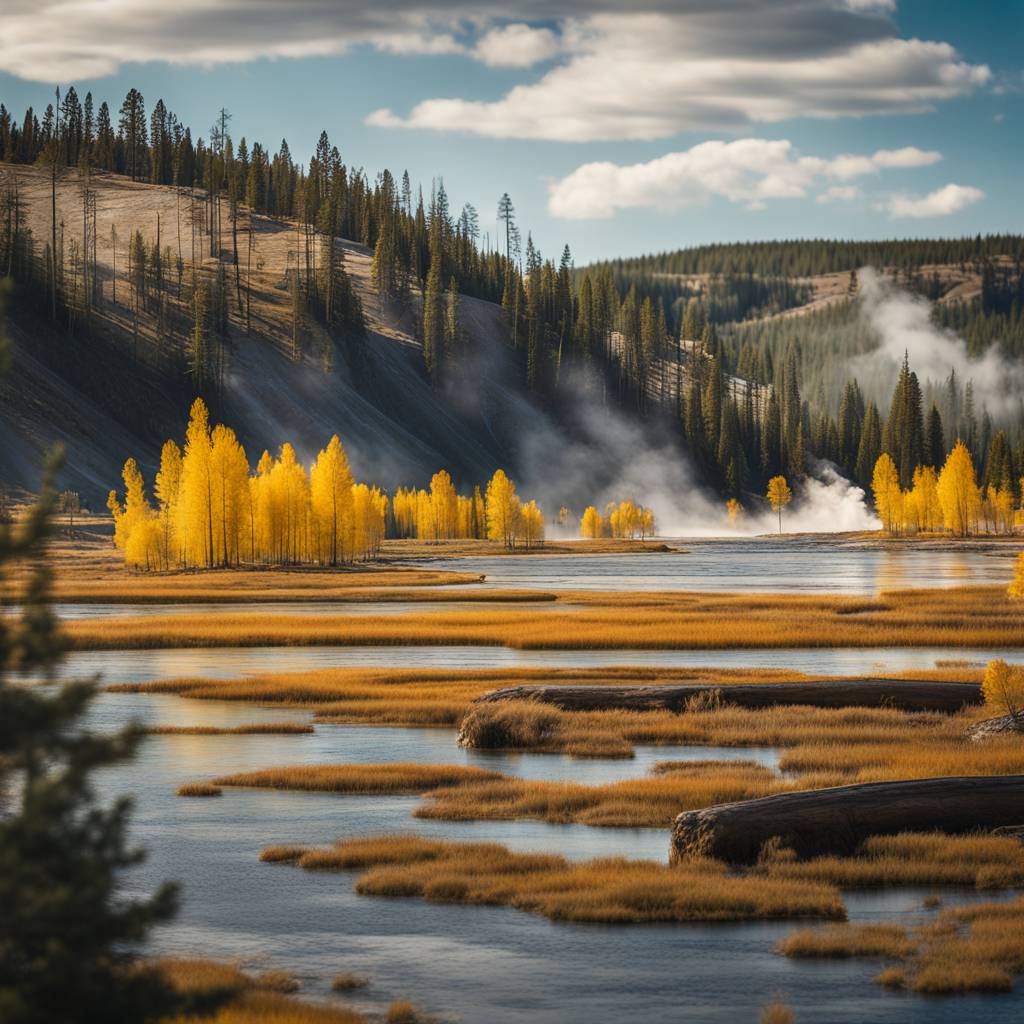Researchers from the Quinney College of Natural Resources and the Institute of Outdoor Recreation and Tourism conducted a study on the carbon emissions generated by tourism in Yellowstone National Park. They found that recreation visits to the park produce over one megaton of carbon emissions per year, with the majority coming from travel to and from the park entrance. A significant portion of visitors to the park take flights, which account for the majority of emissions for out-of-park transit.
Despite the high carbon emissions associated with tourism in Yellowstone, the park itself serves as a carbon sink, pulling around 1.5 megatons of carbon from the atmosphere each year. This net benefit from the park’s ecosystems helps offset the carbon impact of tourism. However, this may not be the case for smaller parks with high visitation numbers. The researchers developed a method for calculating the carbon impact of tourism in national parks, which can be adapted for use in other protected areas to evaluate potential emission reduction strategies.
Tourism plays a significant role in global carbon emissions, accounting for 8 percent of annual emissions worldwide. The United States has the highest total tourism carbon footprint, and this number is expected to increase in the future. While this research focused on the carbon impact of tourism, it did not consider the broader costs and benefits of ecotourism. Positive experiences and education at parks like Yellowstone can lead to indirect environmental benefits by encouraging pro-environmental behaviors back at home.
The authors emphasize the need for more research on the relationship between tourism and climate change, as well as the impact of climate change on tourism. Both of these areas have important economic and environmental implications, and decision makers need a comprehensive understanding of how tourism to parks contributes to the global climate system. As the tourism industry explores strategies to reduce carbon emissions, focusing on factors like visitor origins and transportation methods could have a significant impact on reducing the carbon footprint of park visits.













